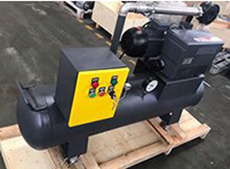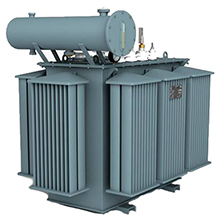Vacuum Pump and System in Vacuum Infusion Molding Process
Brief Introduction
The vacuum pouring process refers to the resin pouring through the vacuum force. The material is laid flat on the mold and the resin is introduced after vacuumizing. In order to achieve a complete vacuum, the resin penetrates layer by layer through the pipe. This process needs to be classified according to different manufacturers and materials. The traditional hand lay up process is to lay the reinforcing layer on the mold, and use brush, roller or other functions of the same infiltration and compaction. The way to improve this is to use the vacuum bag to suck out the excess resin, Vacuum bag can greatly improve the permeability of resin to glass fiber, and the main result is to make the product stronger and lighter.
Advantages of vacuum perfusion
Compared with the traditional vacuum bag process, the vacuum infusion process has some advantages as follows:
1.Higher resin fiber ratio
2.Reducing waste of resin
3.Consistency of resin dosage
4.Reduce preparation time
5.clean
Potential defects
Like all hand paste processes, vacuum infusion is not without defects. When instillation, we must pay attention to the following matters:
1.Complex vacuum system
2.Easily damaged parts
3.Test and error
Vacuum filling process flow
First of all, according to the sequence and content listed in the following illustration, vacuum perfusion is carried out.
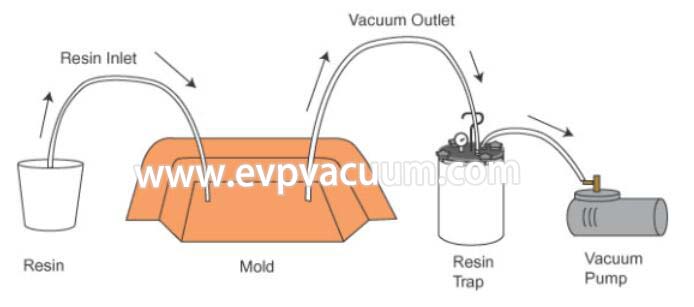
Step 1: prepare the mold
As with other laminating processes, high quality molds are also necessary for vacuum filling. The surface should have high hardness and high gloss, and the mold edge should be kept at least 15 cm to facilitate the laying of sealing strip and pipeline. Clean the mould, then apply mould wax or water
Step 2: Construction of gel coat surface
According to the requirements of the products, we can use product gel coat and grinding gel coat. The selected types are o-benzene, m-benzene and vinyl. Use hand brush and spray method to construct gel coat. (some products are directly laid with full layer of surface felt without gel coat)
Step 3: reinforcement material laying
Selection of reinforcement materials – glass fiber, carbon fiber, sandwich materials. This should be determined according to the strength requirements of products. The selection of reinforcement material is very important for the lamination process, and more consideration should be given to the air pouring. Although all fabrics can be used, different materials and wool methods can affect the resin flow rate.
Step 4: vacuum bag material laying
First lay the demoulding cloth, then the diversion cloth and finally the vacuum bag. Before closing the vacuum bag, carefully consider the direction of the resin and vacuum pipe, otherwise the resin will not be soaked in some places. Be very careful when laying to prevent some sharp objects from piercing the vacuum bag
Step 5: pumped vacuum
After laying these materials, clamp the resin feeding pipes, vacuumize the whole system, empty the air in the system as much as possible, and check the air tightness. This step is very important. If there is a leakage point, air will enter the system, and bubbles will seep into other places at the leakage point, and even the whole product may be scrapped.
Step 6: mixing resin
After the vacuum reaches certain requirements, the resin is prepared. According to the different gel time of the resin and the corresponding curing agent, remember not to forget the curing agent, otherwise it will be hard to make up for it.
Step 7: introduce resin
Insert the resin feeding pipeline into the resin barrel, open the clamp in turn according to the feeding sequence, pay attention to the amount of resin barrel, and supplement in time
Step 8: after releasing the resin gel to a certain extent, remove the vacuum bag material. Take out the product from the mold and carry out post-treatment.
Vacuum pump and vacuum system are commonly used in filling industry
Single type vacuum pump
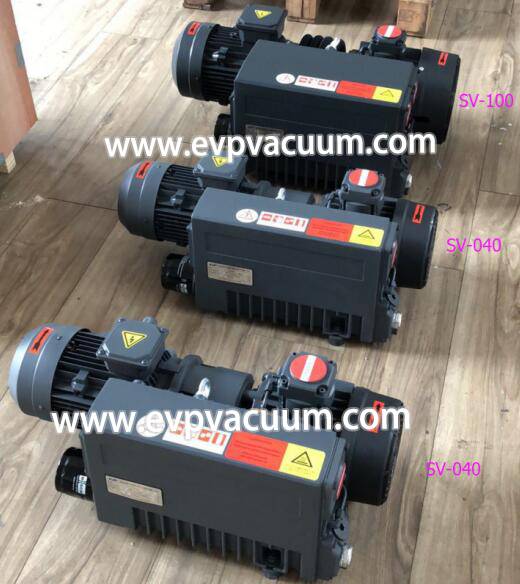
Single type vacuum pump automatic vacuum pump system
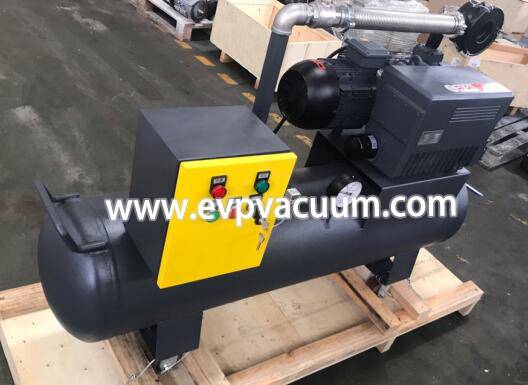
Edited by: Catherine Qin; Copyright: EVP Vacuum Pump
Related products: SV rotary vane vacuum pump, roots vacuum pump, CVS vacuum system, roots-rotary vane vacuum systems
Double type vacuum pump automatic vacuum pump system



